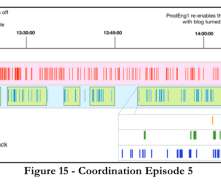Migrating Critical Traffic At Scale with No Downtime?—?Part 1
The Netflix TechBlog
MAY 4, 2023
The first phase involves validating functional correctness, scalability, and performance concerns and ensuring the new systems’ resilience before the migration. These include Quality-of-Experience(QoE) measurements at the customer device level, Service-Level-Agreements (SLAs), and business-level Key-Performance-Indicators(KPIs).




















Let's personalize your content